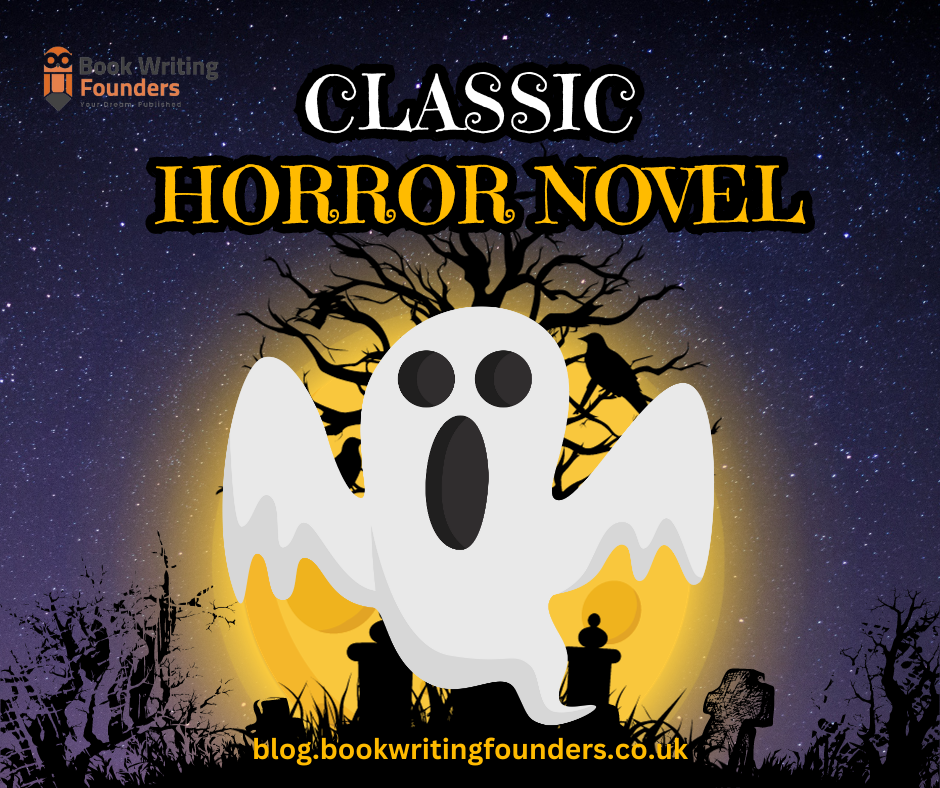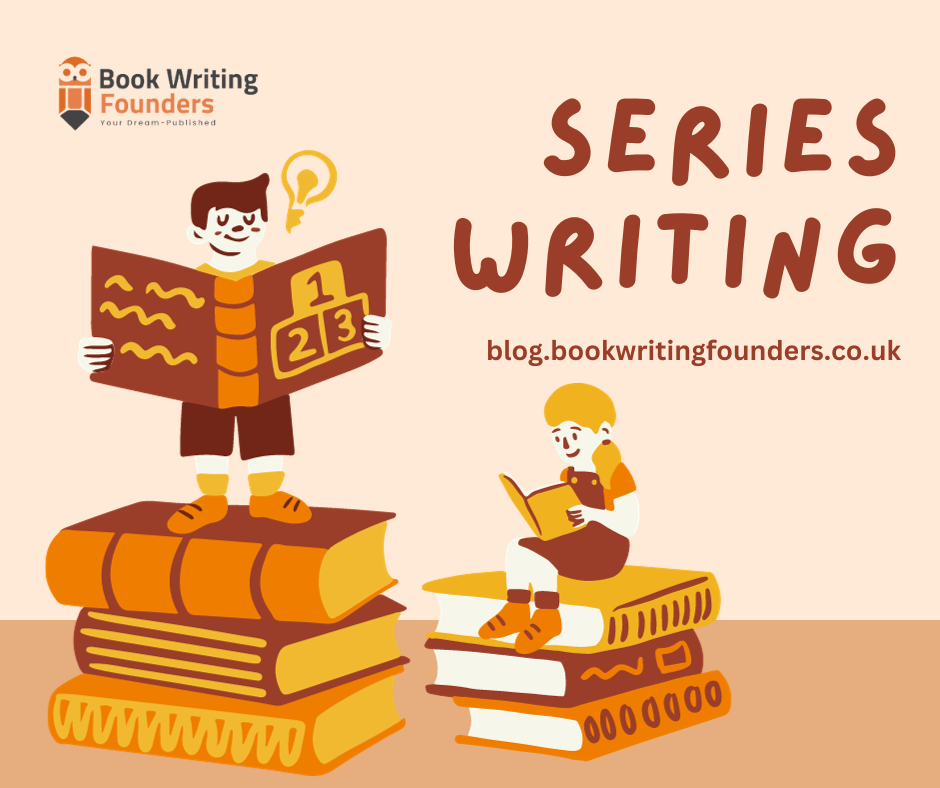
Novel
The renowned English writer Mary Shelley is best known for her classic horror novel, “Frankenstein, or The Modern Prometheus. Published in 1818, this groundbreaking work combines elements of gothic horror and science fiction, telling the story of Victor Frankenstein, a scientist who creates a monstrous creature through the power of science and electricity.
The novel explores themes of ambition, human nature, and the consequences of playing god as Victor Frankenstein’s creation turns into a horrifying and tragic figure.
Background information on Mary Shelley and the novel
Mary Shelley, born in 1797, was a renowned English novelist, short-story writer, and dramatist. She wrote “Frankenstein, or The Modern Prometheus” when she was just 20 years old. The novel was published in 1818 anonymously, with Shelley’s name only appearing in the second edition in 1823.
Shelley’s background and personal experiences greatly influenced her writing, as she came from a family of intellectuals and was exposed to radical ideas and literary discussions from a young age.
“Frankenstein, or The Modern Prometheus” is considered one of Shelley’s most significant works and a pioneering piece of science fiction and horror literature.
The novel emerged from a ghost story competition between Shelley, her husband Percy Shelley, and Lord Byron during the summer of 1816, known as the “Year Without a Summer.” During this creative time, Shelley began to conceptualize the story to become the best Book Writing Founders UK for writing “Frankenstein.”
The Creation of “Frankenstein; or, The Modern Prometheus”
Historical Context
To fully understand the historical setting of the classic horror novel “Frankenstein or The Modern Prometheus,” it is necessary to look at the latest discoveries in science and philosophy at the time.
The Enlightenment and the Industrial Revolution opened up new areas of science and made people question their faith views. The intellectual interest and study of the time set the stage for the moral and ethical problems in the book.
Shelley’s Inspiration for The Novel
Different things inspired Shelley to write her book. Her life events, like the death of her first child and the death of her famous feminist author mother
Shelley was also affected by the new scientific ideas, fiction writing services experts and arguments of the time, like Luigi Galvani’s studies on bringing dead tissue back to life and the field of galvanism that was just starting to grow.
The Novel’s Publication History
“Frankenstein, or The Modern Prometheus” came out in 1818 under an unknown name. Both good and negative reviews were written about the first version because of its disturbing story and moral consequences.
Shelley made many changes to the book, and in 1823, her name was finally put on the second version, making it official that she wrote this important work.
Themes and Motifs in “Frankenstein; or The Modern Prometheus”
The Dangers of Unchecked Scientific Ambition
One of the main ideas of “Frankenstein” is that desire without morals can lead to bad things. Victor Frankenstein’s obsession with making life without thinking about the effects shows how dangerous it is to do scientific research without thinking about what is right or wrong.
The Dangers of Isolation and Alienation
The idea of being alone and feeling disconnected runs through the whole book. Victor Frankenstein is so focused on his creation that he shuts himself off from everyone else, including his family, friends, and even his sense of being human. When the creature’s maker leaves it, it feels very alone and rejects it, which makes it do violent things to get back at them.
Beauty and Ugliness
Shelley wrote this classic horror novel to focus on the idea of beauty and ugly. The thing’s outward look differs from how it is, which goes against social rules and biases about beauty. The book makes people think about how limited outward look is as a way to judge a person’s character.
The Concept of Creation and The Responsibilities It Entails
“Frankenstein” delves into the moral and ethical responsibilities tied to the act of creation. Victor Frankenstein’s creation becomes his burden, forcing him to confront the consequences of his actions and the potential repercussions of unchecked scientific advancements.
The Romantic and Gothic literary movements
As one of the foundational texts of both the Romantic and Gothic literary movements, “Frankenstein” incorporates elements of both. In this novel, the proposal writer explained and represented the Romantic pursuit of individualism and emotional connection while employing Gothic tropes such as the supernatural, horror, and suspense.
Character Analysis
Victor Frankenstein
The character of Victor Frankenstein undergoes a dramatic transformation throughout the novel. Initially driven by scientific curiosity and ambition, he evolves into a tormented and guilt-ridden individual haunted by the consequences of his actions. Victor’s internal struggle and moral dilemmas provide insights into the human condition and the potential dangers of hubris.
The creature/Frankenstein’s monster
The creature, often called Frankenstein’s monster, is a complex character who elicits sympathy and fear. While physically monstrous in appearance, the creature displays intelligence, sensitivity, and a yearning for acceptance and companionship. Its interactions with society reveal the profound impact of rejection on an individual’s psyche.
Literary Analysis
Narrative structure
In classic horror novels, Shelley employs a complex narrative structure, utilizing multiple narrators and shifting perspectives. This narrative technique allows for the layering of perspectives, ambiguity, and exploration of the subjective nature of truth.
Use of Language and Imagery
Shelley’s use of language and imagery in “Frankenstein” contributes to the novel’s eerie and atmospheric tone. Rich descriptions evoke emotions and vivid images of both the sublime beauty of nature and the grotesque aspects of the unnatural.
Symbolism and Foreshadowing
Symbolism and foreshadowing are employed throughout the novel to convey deeper meanings. Using symbols such as light, fire, and the sublime adds layers of interpretation and foreshadows events to come, heightening suspense and tension.
Conclusion:
Mary Shelley wrote the classic horror novel “Frankenstein or The Modern Prometheus”. This timeless and influential work has captivated readers for over two centuries with its gripping narrative and exploration of profound themes.
Shelley’s masterful storytelling skillfully combines elements of horror and science, leaving readers to reflect on the consequences of unchecked ambition and the blurred boundaries between life and death.





